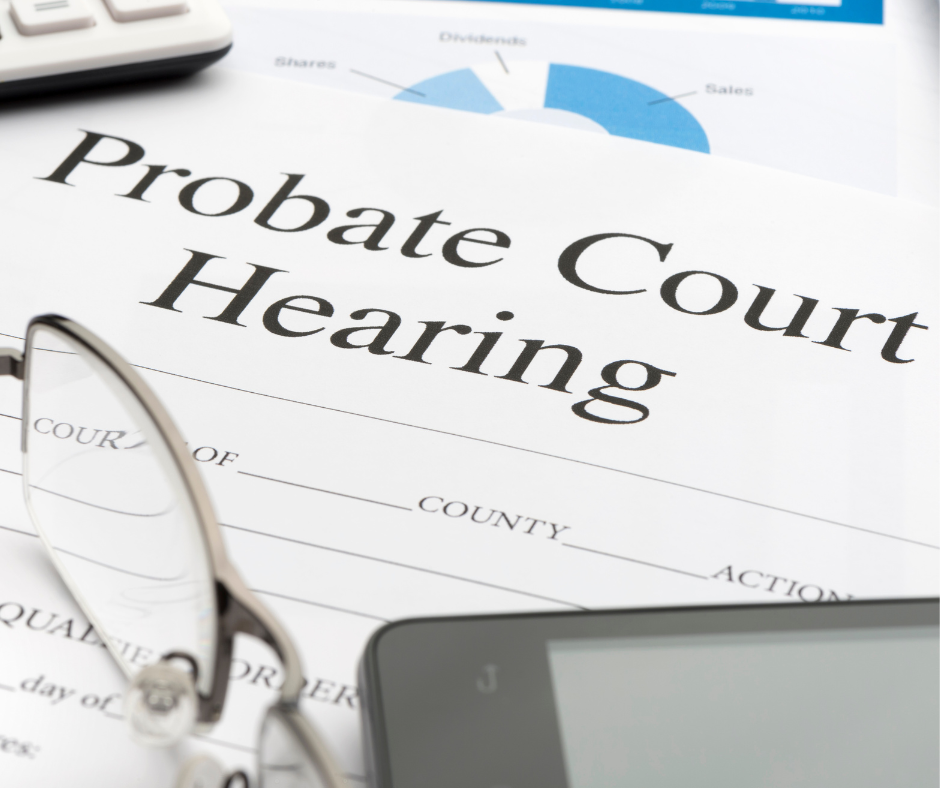Protecting your Beneficiaries Through Ongoing Trusts
Regarding revocable trusts, one of the most important issues estate planning attorneys deal with is how to distribute assets to beneficiaries at the death of the client. For instance, should assets be distributed outright, in trust until the beneficiary reaches a certain age, or should the beneficiary be protected from themselves or from others?
Separate, ongoing Trusts for beneficiaries are great for several reasons. First, they can provide some creditor protection to the primary beneficiary. Upon the Settlor’s passing, an irrevocable trust for the benefit of a beneficiary is created. For maximum creditor protection, there should be an independent trustee, the trustee’s discretion should be guided by ascertainable standards for distributions of income and principal (or be fully discretionary), and the beneficiary should not have the right to withdraw income or principal. Of course, some clients do not want to prevent beneficiaries from enjoying assets freely, which is understandable. However, if the assets are simply distributed to the beneficiary outright – without limitations – those assets become subject to the beneficiary’s creditors. Depending on the size of the estate and the beneficiary’s maturity, financial status, or decision making, this may or may not be a concern for a client.
Often, a happy medium can be found by distributing a specified amount to a beneficiary upon the client’s death, with the remainder of assets continuing in trust for the benefit of the beneficiary and the beneficiary’s descendants. Another option is to distribute a fraction of the assets at certain ages once the beneficiary has reached an age of maturity. A client’s definition of “age of maturity” will often vary, even between their own beneficiaries.
Here’s an example of a client that has two children, Susan and Billy, and $4 million in current assets that will eventually be divided equally between the two children. Susan is 50 years old, a surgeon, has no children and no debt. Client is comfortable giving Susan her share outright and free of trust or keeping the
assets in trust but allowing Susan to be trustee with liberal withdrawal rights. Billy is 27, twice divorced, and has 2 children. Billy is financially irresponsible and makes poor decisions. Client does not want Billy’s share distributed to him outright and free of trust. Client wants someone (a trustee) to manage distributions, wants Billy to have what he needs for his health and well- being, and wants the grandchildren to have something for their future. Billy can be prohibited as trustee and has no right to require income or principal from the trust.
These results may seem harsh and can sometimes cause hurt feelings, especially when children are treated differently. However, it is important to remember that these are your assets and by limiting the chance of those assets being wasted, you are prolonging the usefulness of those assets for the beneficiary. Where appropriate, an ongoing trust protects a beneficiary from himself/herself, and also protects the assets from creditors of the beneficiary.
As always, it is important to consult with your estate planning attorney to figure out which plan is best for you and your beneficiaries. By fully explaining your family situation, your goals, and the types of beneficiaries you are providing for, your attorney can customize a plan that fits you and your family. And don’t forget, as people mature and circumstances change, revocable trusts may be modified prior to the Settlor’s death. That is why we encourage clients to revisit their estate plans with us every 3 to 4 years.










